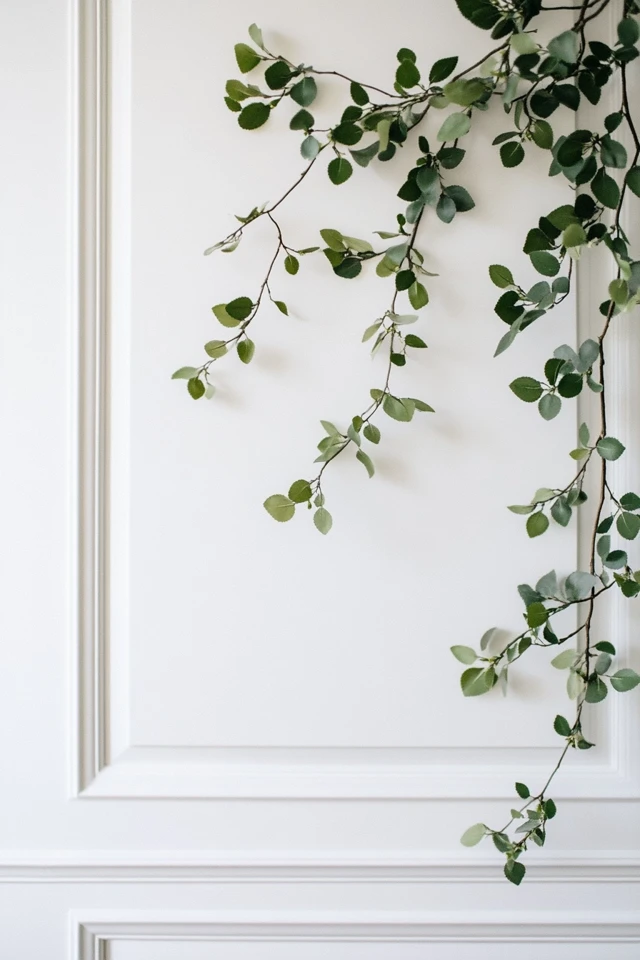Introduction
When decorating your home, it can be tempting to fill every corner and surface with furniture, decor, and accents. But sometimes, what you leave out is just as important as what you include. Negative space—the intentional areas of emptiness in a room—plays a crucial role in creating a balanced, elegant design. It gives the eye a place to rest, highlights key elements, and creates a sense of calm and sophistication that’s hard to achieve in a cluttered space.
I first discovered the power of negative space when I redecorated my dining area. Initially, I had crowded the walls with artwork, shelves, and mirrors, thinking I needed to “fill the space.” But instead, it felt overwhelming and chaotic. On a whim, I removed most of the decor and left one large piece of abstract art on the wall. Suddenly, the room felt airy, open, and luxurious. The empty wall around the art drew attention to the piece itself, making it the star of the room. That experience taught me the elegance of restraint and the beauty of negative space.
In this guide, I’ll show you how to embrace and use negative space in your home to achieve an elegant, serene design. Whether you’re working with a small apartment or a large home, these principles will help you create a room that feels harmonious and refined.
The Perfect Design for You
Using negative space is perfect for anyone who wants to create a timeless, minimalist aesthetic or bring balance to a more eclectic style. Negative space doesn’t mean stripping your room bare—it’s about finding a thoughtful balance between what’s there and what isn’t.
Picture a living room where a sleek sofa sits against a bare wall, with a single piece of dramatic artwork above it. The space around the sofa and the art creates a sense of openness and refinement. Or imagine a bedroom where a simple bed with crisp white linens is flanked by nightstands holding only a lamp and a small book. This restrained approach makes the room feel airy and peaceful, with every item serving a purpose.
Negative space not only enhances the elegance of a room but also makes it more functional. By leaving room to breathe, you can create a space that feels uncluttered, easy to navigate, and relaxing to spend time in.
Picture Gallery
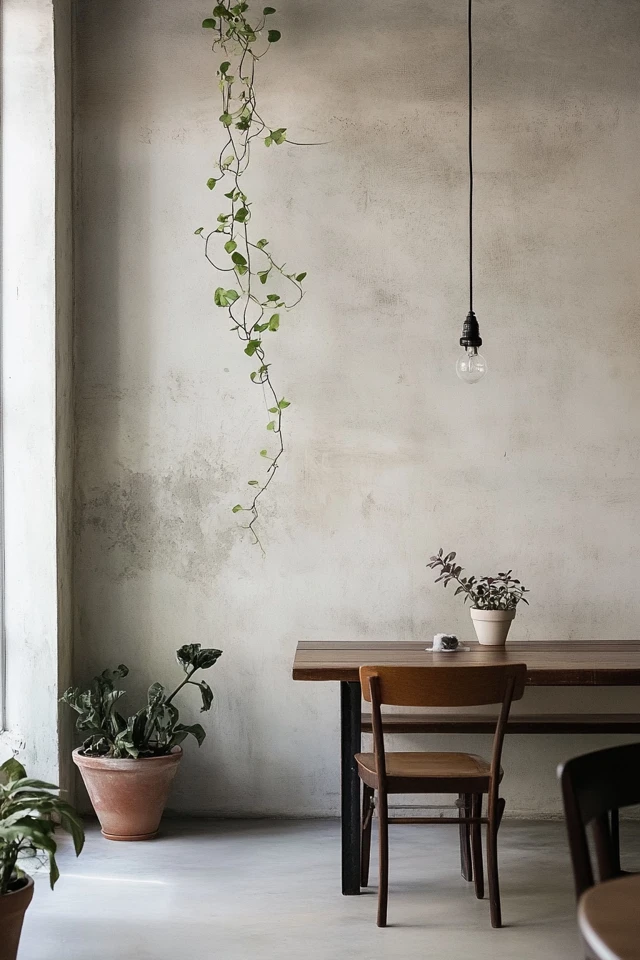
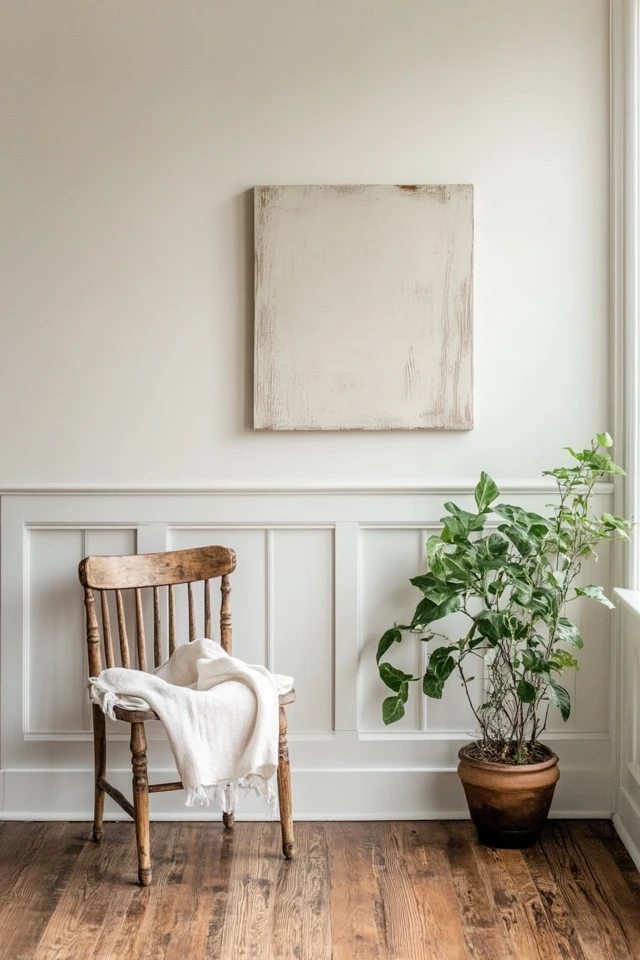
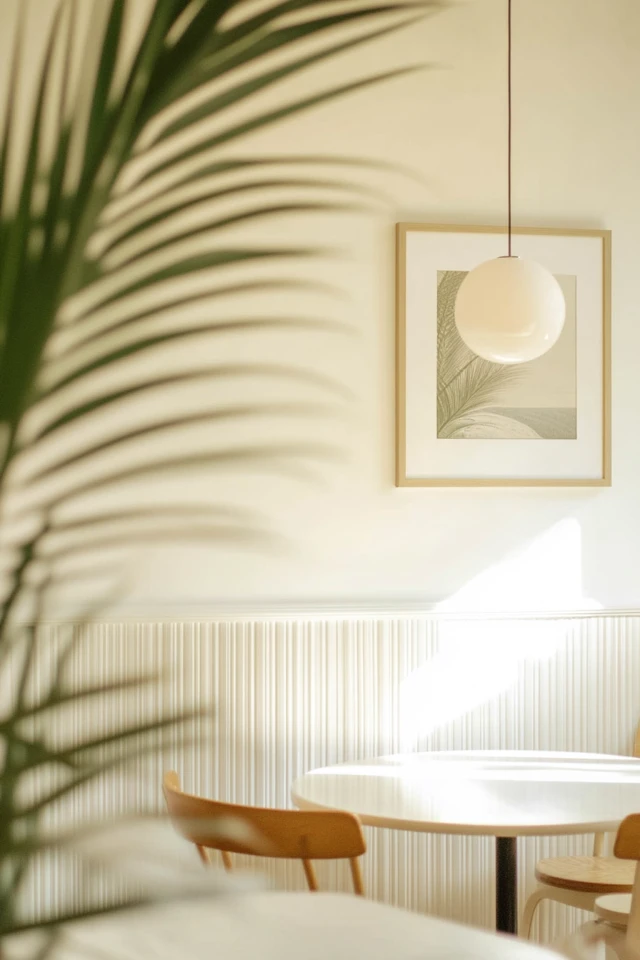
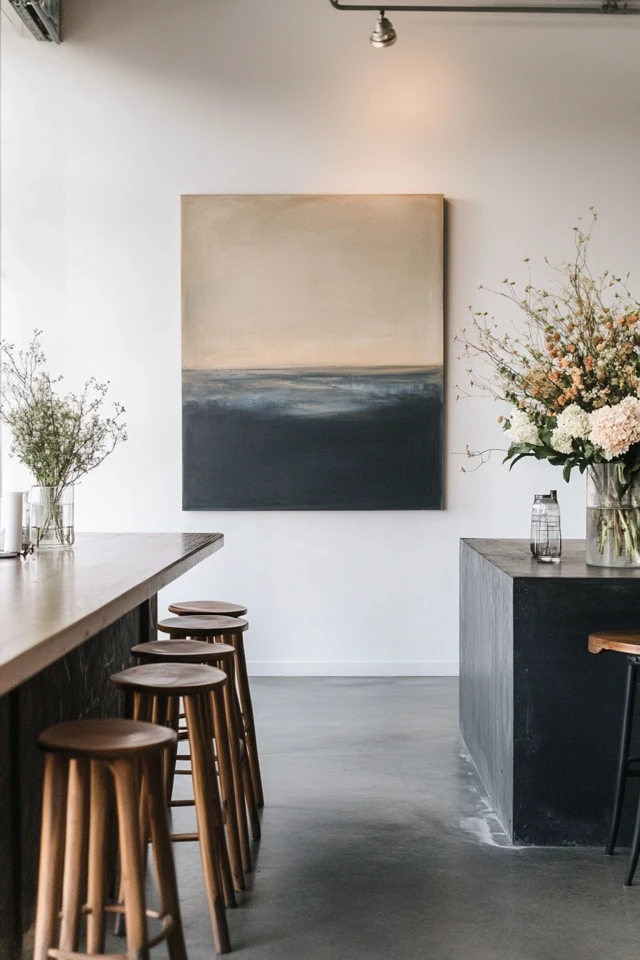
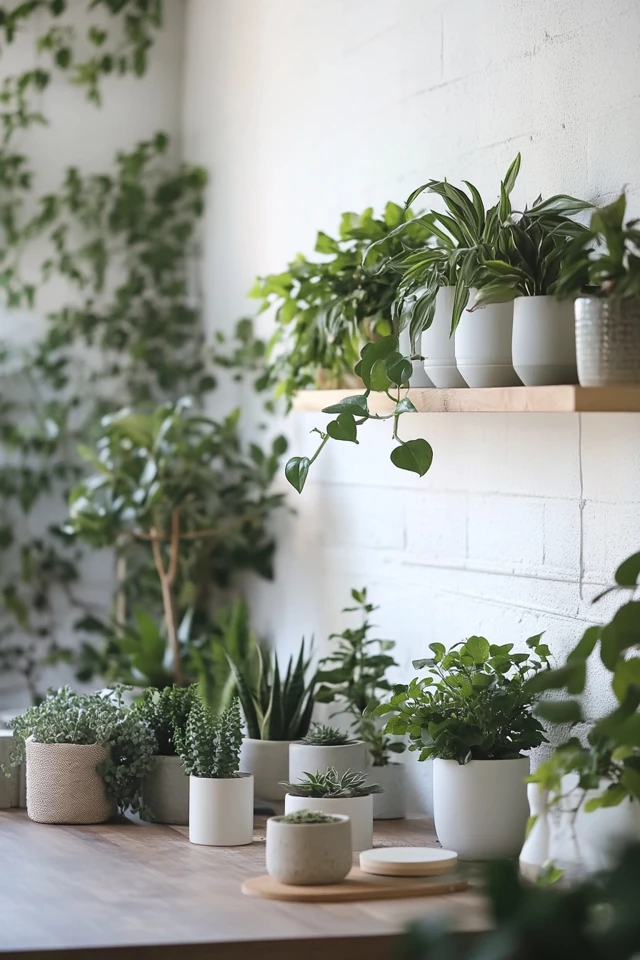



Why These Key Elements Work So Well Together
Negative space works because it creates balance, draws attention to focal points, and evokes a sense of calm. Here’s why this design principle is so effective:
- Focus and Highlighting: Negative space helps highlight key design elements, like a piece of art or a statement piece of furniture. The emptiness around these items draws the eye directly to them, making them stand out.
- Balance and Symmetry: By leaving some areas intentionally empty, you create a sense of balance in the room. This keeps the design from feeling crowded or overwhelming.
- Sense of Calm: Research in evidence-based design shows that uncluttered spaces with plenty of negative space can reduce stress and improve mood. The openness allows for visual and mental relaxation.
- Versatility: Negative space complements all design styles, from minimalist to maximalist. It can add elegance to a bold, colorful room or enhance the serenity of a neutral, monochromatic space.
Negative space isn’t about what’s missing—it’s about using absence as a tool to elevate your design.
How to Use Negative Space for an Elegant Look: Step-by-Step
1. Edit Your Space
- Start by decluttering. Remove unnecessary items from surfaces, walls, and corners. Assess what’s left and decide which pieces are essential.
2. Choose Focal Points
- Decide what you want to highlight in the room. This could be a statement piece of furniture, a piece of art, or an architectural feature. Use negative space to frame these elements and make them stand out.
3. Leave Walls Bare
- Resist the urge to fill every wall with decor. Instead, leave some walls completely blank or only hang one carefully chosen piece of artwork. The empty space will make the artwork feel more impactful.
4. Simplify Surfaces
- Keep tabletops, shelves, and counters clean and uncluttered. For example:
- Place only a lamp and a small vase on a console table.
- Style bookshelves with a mix of books and decor, leaving some shelves half-empty.
5. Play with Scale and Placement
- Use furniture and decor sparingly to emphasize space. For instance:
- In a large room, group furniture into cozy arrangements and leave open areas around them.
- In smaller spaces, opt for fewer, larger pieces instead of many small items to create an uncluttered look.
6. Use a Neutral Palette
- Neutral colors enhance the impact of negative space. Soft whites, grays, and beige tones allow the eye to focus on the shapes and textures of the room’s design elements.
7. Layer Textures for Depth
- Negative space doesn’t have to feel cold or stark. Layer textures like soft rugs, woven baskets, or linen curtains to add warmth while keeping the overall look restrained.
8. Embrace Asymmetry
- Negative space works beautifully with asymmetrical designs. For example, place a single chair in one corner of the room and leave the opposite corner empty for balance.
FAQ
1. What is negative space in interior design?
Negative space refers to the empty or unused areas in a room. It’s intentionally left blank to create balance, draw attention to focal points, and add a sense of elegance.
2. How do I prevent a room with negative space from feeling empty?
Balance is key. Use texture, color, and carefully chosen furniture and decor to keep the space feeling intentional and inviting rather than barren.
3. Can negative space work in small rooms?
Yes! Negative space can make small rooms feel larger and more open by reducing visual clutter. Choose fewer, larger pieces of furniture and leave some walls or surfaces bare.
4. How much negative space is too much?
This depends on your personal style and the function of the room. If a space feels unfinished or uninviting, try adding one or two additional pieces to restore balance.
5. Can negative space work with maximalist design?
Absolutely! Even maximalist rooms benefit from negative space. Leaving certain areas empty allows bold colors and patterns to shine without feeling chaotic.
Variations
- Minimalist Approach: Use plenty of negative space with neutral tones, sleek furniture, and sparse decor to create a serene, modern look.
- Art-Focused Style: Frame bold artwork with negative space to make it the focal point of the room. Keep other elements understated.
- Natural Touch: Combine negative space with organic textures like wood, linen, and greenery for an earthy, calming vibe.
- Colorful Elegance: Use negative space strategically in a colorful room, such as leaving walls blank while incorporating vibrant furniture and accents.
- Luxury Look: Pair negative space with high-end materials like marble, brass, and velvet for a sophisticated, upscale feel.
How to Showcase It
- Everyday Serenity: Use negative space in bedrooms or living rooms to create a calming retreat that promotes relaxation.
- Entertaining Spaces: In dining rooms, leave space around a statement table and use minimal decor for an elegant, uncluttered atmosphere.
- Small Apartments: Maximize space in compact homes by embracing negative space, leaving corners empty, and choosing multi-functional furniture.
- Seasonal Decor: Use negative space to highlight seasonal pieces, like placing a single vase of fresh flowers on an otherwise bare surface.
- Creative Displays: Highlight a favorite piece of art or decor by framing it with negative space, drawing all the attention to that item.
Occasions to Feature It
- Housewarming Events: Show off a refined, elegant home with rooms that feel open, balanced, and uncluttered.
- Relaxation Nights: Negative space is perfect for creating a tranquil environment for reading, meditating, or unwinding.
- Dinner Parties: Use negative space to design a sophisticated dining table with only a centerpiece and a few understated place settings.
- Seasonal Refreshes: As you transition decor for each season, leave plenty of negative space to let new pieces shine.
- Creative Showcases: Highlight a piece of furniture, art, or decor by using negative space as a backdrop to enhance its visual impact.
Conclusion
Negative space is one of the most powerful yet understated tools in interior design. By leaving areas intentionally empty, you can highlight your favorite elements, create a sense of balance, and bring a calming elegance to any room.
Whether you’re designing a minimalist retreat or adding restraint to a bold, eclectic space, negative space enhances the overall impact of your decor. It’s not about what’s missing—it’s about what shines because of what’s left out.
Start small by clearing surfaces or leaving a wall bare, and notice how the room instantly feels more open and sophisticated. With a thoughtful approach, you can use negative space to create a home that’s not only beautiful but also effortlessly elegant. Let your design breathe and embrace the beauty of simplicity!

